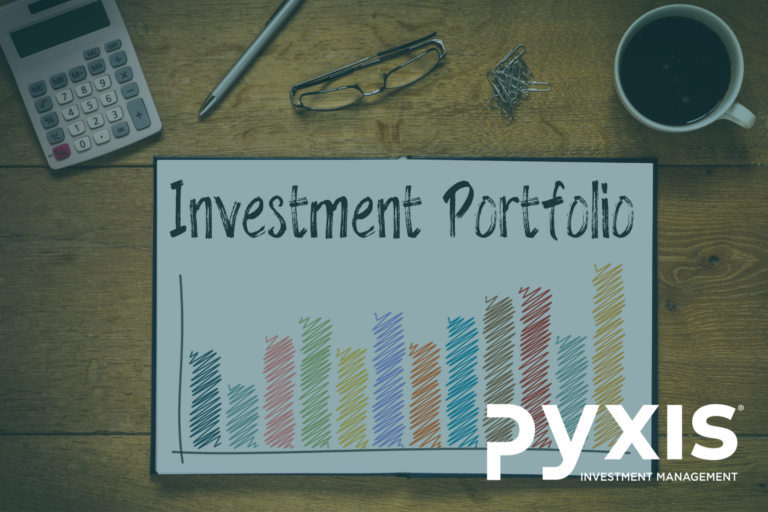Introducing the Pyxis Living Annuity Solution
The past 10 years have been a tumultuous period for global capital markets. Haunted by the ghost of the Global Financial Crises of 2008/9, global central banks have implemented multiple strategies of great significance to support their economies and ensure financial stability. Most notable are the exceedingly accommodative monetary policy stance and Quantitative Easing programs (or central bank balance sheet expansion) that have been implemented. As a result of these steps, global interest rates have fallen quite significantly. Policy rates in numerous developed world economies have fallen to close to zero, in some cases below zero; and a number of developed world economies’ government bonds are yielding negative returns. Imagine lending money to anyone for absolutely no return!
In his latest annual newsletter to shareholders, Warren Buffett commented on the low interest rate environment in which we find ourselves:
“And bonds are not the place to be these days. Can you believe that the income recently available from a 10-year U.S. Treasury bond – the yield was 0.93% at year end – had fallen 94% from the 15.8% yield available in September 1981? In certain large and important countries, such as Germany and Japan, investors earn a negative return on trillions of dollars of sovereign debt. Fixed-income investors worldwide – whether pension funds, insurance companies or retirees – face a bleak future.”
Borrowers may be rejoicing, but investors, especially those who depend on income from their savings, are indeed in a precarious position.
Although interest rates in developing economies are still in positive territory, they too have fallen to historically low levels. South Africa is no different. Domestic interest rates have similarly been on a downward path, especially on the “short-end” of the interest rate curve. Longer term fixed interest securities issued by the government are comparatively offering more reasonable yields (there are good reasons for this however, but that is a story for another day). South African investors, especially investors close to retirement or already in retirement, face a broader set of problems compared to their international peers. A persistently poor economic backdrop has had an extremely negative impact on the returns delivered by risky assets, or shares. Unfortunately, the result is that for most investors the “growth” component of their portfolios, typically a large portion of a portfolio’s capital allocation, have performed poorly.
Add to the mix high (and increasing) living expenses. The fact that inflation (not the official inflation rate…) is stubbornly high and that most South African investors do not make adequate provision for retirement, it is easy to understand that most retired people have been eroding their retirement capital over the last few years.
Poor investment performance, unreasonable drawdown rates and excessive fees are a toxic combination for retirement capital and will surely lead to irreparable damage to retirement capital with dire consequences.
Keeping these factors in mind, Pyxis Investment Management has launched a Living Annuity Solution for post-retirement investors which aims to address some of these problems. This is not a magical or complex solution that will eradicate all of the problems faced by retirees, but rather a responsible approach to portfolio construction and risk management, with a focus on income generation at a competitive fee.
The underlying investment of the Living Annuity Solution is the Pyxis BCI Worldwide Flexible Fund – A Class.
WHAT MAKES OUR UNIT TRUST DIFFERENT?
Actively managed option for cost-conscious investors
Strong focus on risk management
Our investment strategy is to manage the portfolio on an active basis, combining long-term Strategic Asset Allocation and short-term Tactical Asset Allocation strategies with the aim of generating a high risk-adjusted, long-term total return (comprising of both capital growth and income).
This investment strategy has been designed to pursue positive real returns over five-year rolling periods. Equity exposure is limited to 60% of the portfolio value within this actively managed fund.







